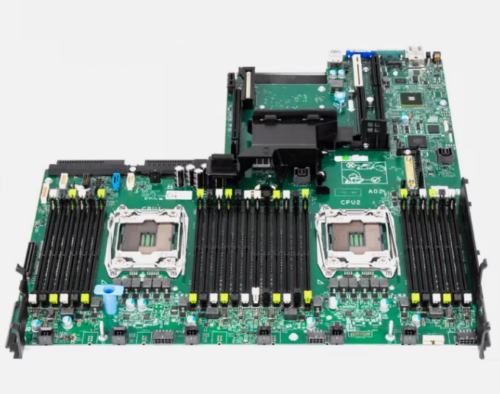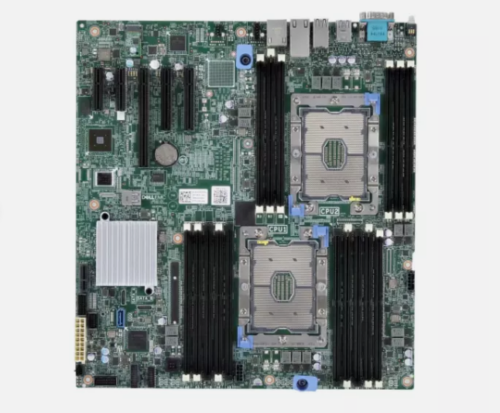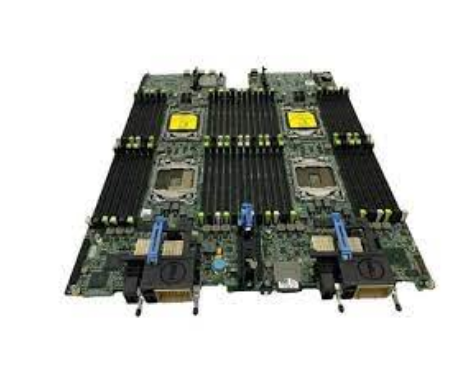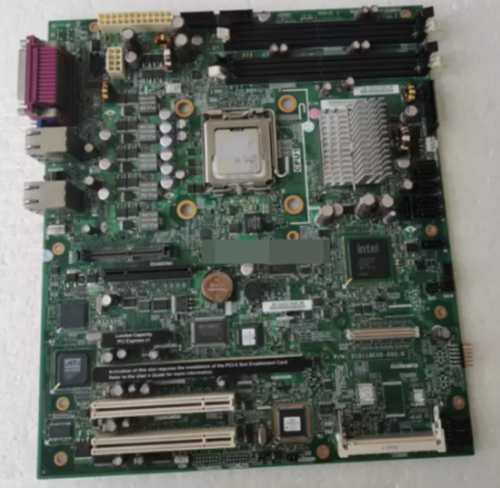What is the significance of the Northbridge and Southbridge on a motherboard?
The Northbridge and Southbridge are two key components of the chipset on a motherboard, and they play distinct roles in facilitating communication between the CPU, memory, expansion slots, peripherals, and other hardware components. Here’s a breakdown of the significance of the Northbridge and Southbridge:
- Northbridge:
- The Northbridge, also known as the Memory Controller Hub (MCH), historically played a central role in managing high-speed communication between the CPU and memory subsystems.
- Memory Controller: The Northbridge contains the memory controller, which controls data flow between the CPU and main memory (RAM). It manages memory access, address translation, and data transfer rates, optimizing memory performance and bandwidth.
- Graphics Interface: In older motherboard designs, the Northbridge also housed the interface for integrated or dedicated graphics cards, such as AGP (Accelerated Graphics Port) or PCIe (Peripheral Component Interconnect Express) slots.
- High-Speed Interfaces: The Northbridge typically interfaces with high-speed components such as the CPU, RAM, and dedicated graphics cards, providing low-latency communication and high bandwidth for demanding tasks.
- Southbridge:
- The Southbridge, also known as the I/O Controller Hub (ICH), complements the Northbridge by providing connectivity and control for a wide range of I/O (Input/Output) devices and peripherals.
- Peripheral Connectivity: The Southbridge manages communication between the CPU and various peripherals, including USB (Universal Serial Bus) ports, SATA (Serial ATA) ports for storage devices, PCI (Peripheral Component Interconnect) slots for expansion cards, audio interfaces, Ethernet controllers, and legacy ports such as PS/2 and serial ports.
- Legacy Support: The Southbridge often includes support for legacy devices and interfaces that are not directly handled by the Northbridge, ensuring compatibility with older hardware components and peripherals.
- Lower-Speed Interfaces: The Southbridge interfaces with slower-speed components and peripherals, providing connectivity and control for devices that do not require high bandwidth or low-latency communication.
- I/O Management: The Southbridge manages data transfer rates, interrupts, and device enumeration for connected peripherals, ensuring efficient operation and system compatibility.
Overall, the Northbridge and Southbridge work together to manage data flow, control peripheral connectivity, and optimize system performance on a motherboard. While modern chipset designs have evolved to integrate many of these functions into a single chipset, the concepts of Northbridge and Southbridge remain relevant in understanding the architecture and functionality of motherboard chipsets.




